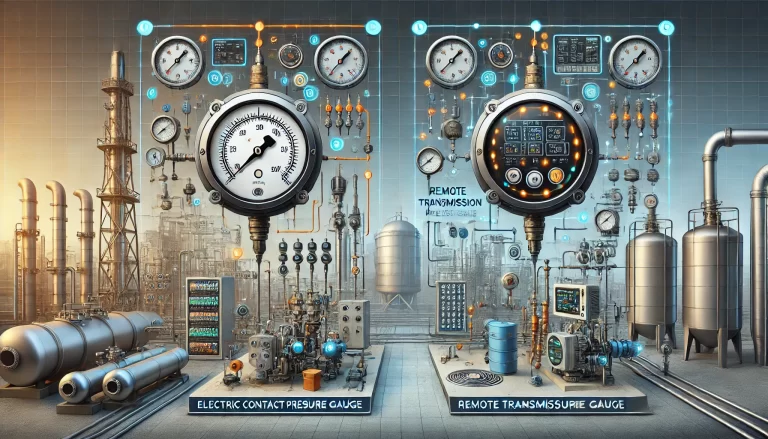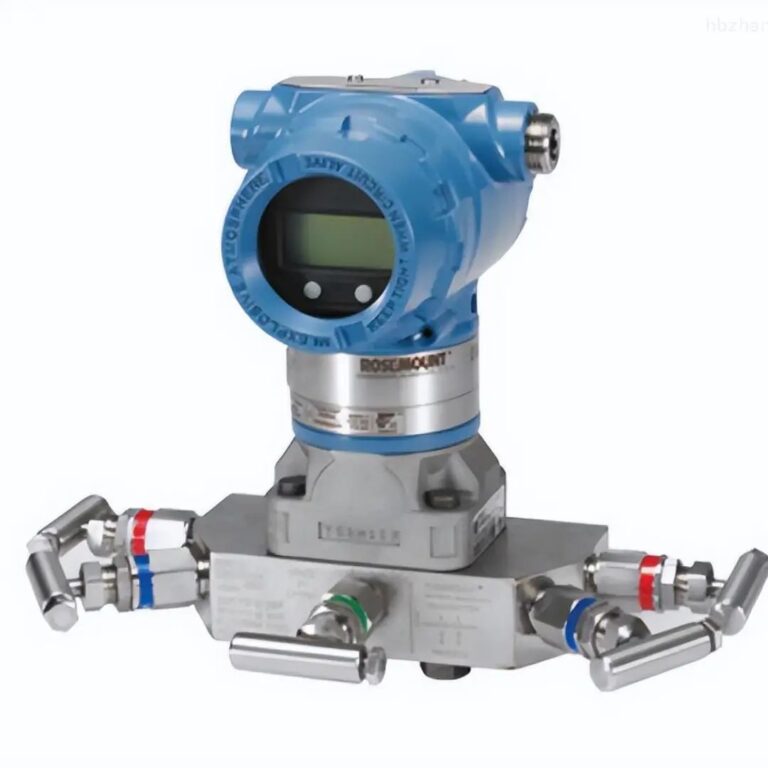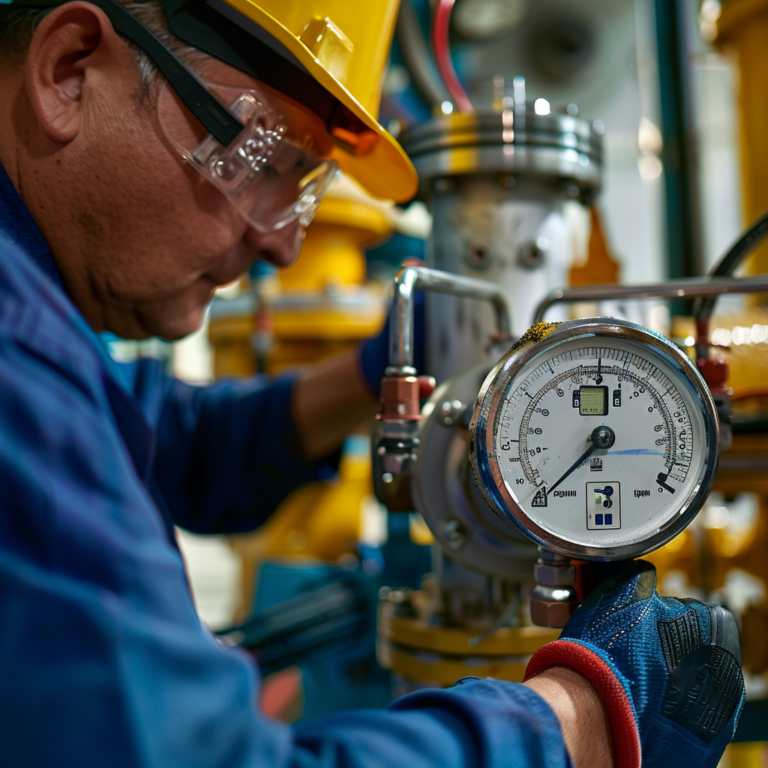Some companies purchase pressure transmitters that allow a range migration of up to 100 times. However, after reducing the transmitter range by 20 times, they notice a significant decrease in stability. When the range is restored to its standard value, the stability issues disappear. What causes this phenomenon? In this article, we will discuss the factors that lead to decreased stability after downward range migration and provide insights into proper transmitter range adjustments.

1. The Impact of Range Reduction on Signal Processing
Downward range migration means reducing the range of the sensor and, consequently, decreasing the amplitude of the sensor’s output signal. This inevitably leads to two key issues:
An increase in the amplification factor of the signal processing circuit.
A reduction in the sampling precision of the analog-to-digital converter (ADC).
Both of these factors contribute to a decline in the stability of the pressure transmitter. When the signal amplitude is reduced, noise and small fluctuations that were previously negligible become more significant, affecting the accuracy and consistency of the measurements.

2. Increased Sensitivity to Fixed Errors and Drift
When the pressure transmitter’s range is reduced by 20 times, the following technical parameters remain unchanged:
Basic measurement error
Temperature coefficient
Self-heating drift per unit time
Since these factors remain constant while the range decreases, their relative impact on stability increases significantly.
For example, consider a pressure transmitter with a comprehensive temperature coefficient of 0.03%FS/°C. When the range is reduced to 1/20th of the full scale, the relative error due to temperature effects can be calculated as follows:

In simple terms, if the temperature changes by 10°C, the range error increases to 6% of the migrated range, which is no longer negligible. This explains why temperature fluctuations that were previously minor become major sources of instability after range migration.
3. Recommended Range Migration Limits
It is generally recommended that the range migration ratio of a pressure transmitter should not exceed 5:1. When migration exceeds this ratio, the errors and instability effects discussed above become increasingly pronounced.
Excessive range migration not only affects measurement stability but also reduces the overall accuracy of the system, making it unsuitable for precise industrial applications.

4. Best Practices for Managing Range Migration
To mitigate the stability issues caused by range migration, the following best practices should be followed:
Choose the appropriate transmitter range from the beginning: If frequent range adjustments are required, consider selecting a transmitter with a more suitable native range.
Use high-precision ADCs and signal conditioning circuits: This can help minimize the impact of reduced signal amplitude on measurement accuracy.
Compensate for temperature effects: Implement temperature compensation algorithms or select transmitters with lower temperature coefficients.
Monitor stability over time: Regular calibration and stability testing can help detect and address potential issues before they affect performance.

Conclusion
Pressure transmitter range migration can significantly impact stability, especially when the range is reduced by large factors (e.g., 20 times). The primary causes of this instability include increased amplification of noise, greater sensitivity to fixed errors and drift, and heightened susceptibility to temperature fluctuations. By limiting range migration to a 5:1 ratio, employing high-precision electronics, and implementing proper compensation techniques, users can ensure stable and accurate pressure measurements even when adjustments are necessary.
Understanding these principles will help engineers and technicians make informed decisions when configuring pressure transmitters, ensuring optimal performance in various industrial applications.
